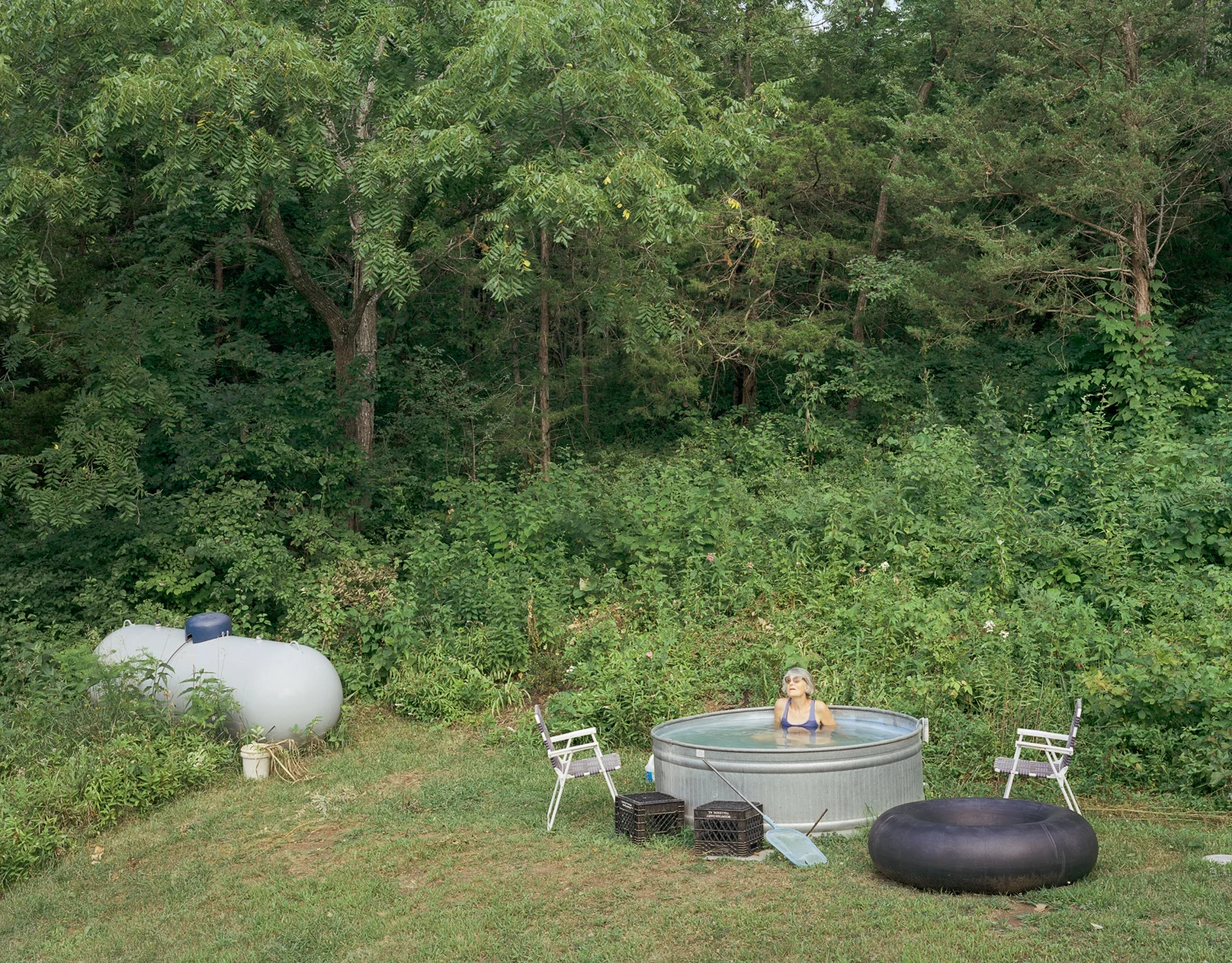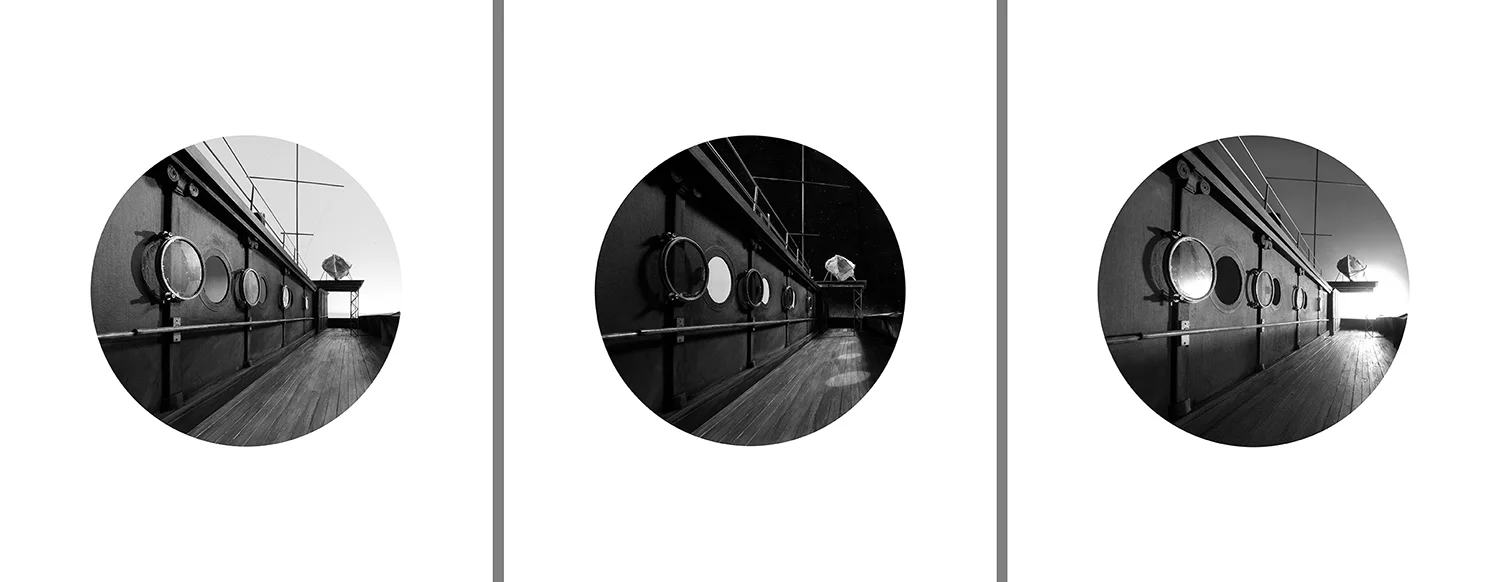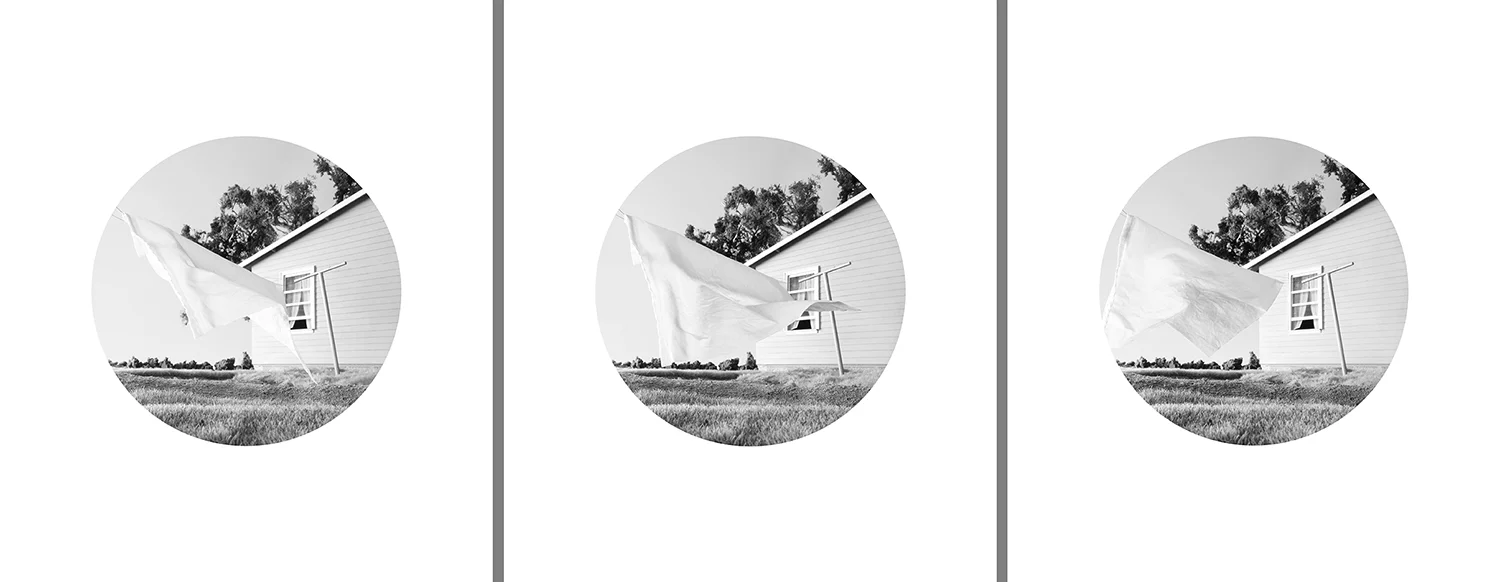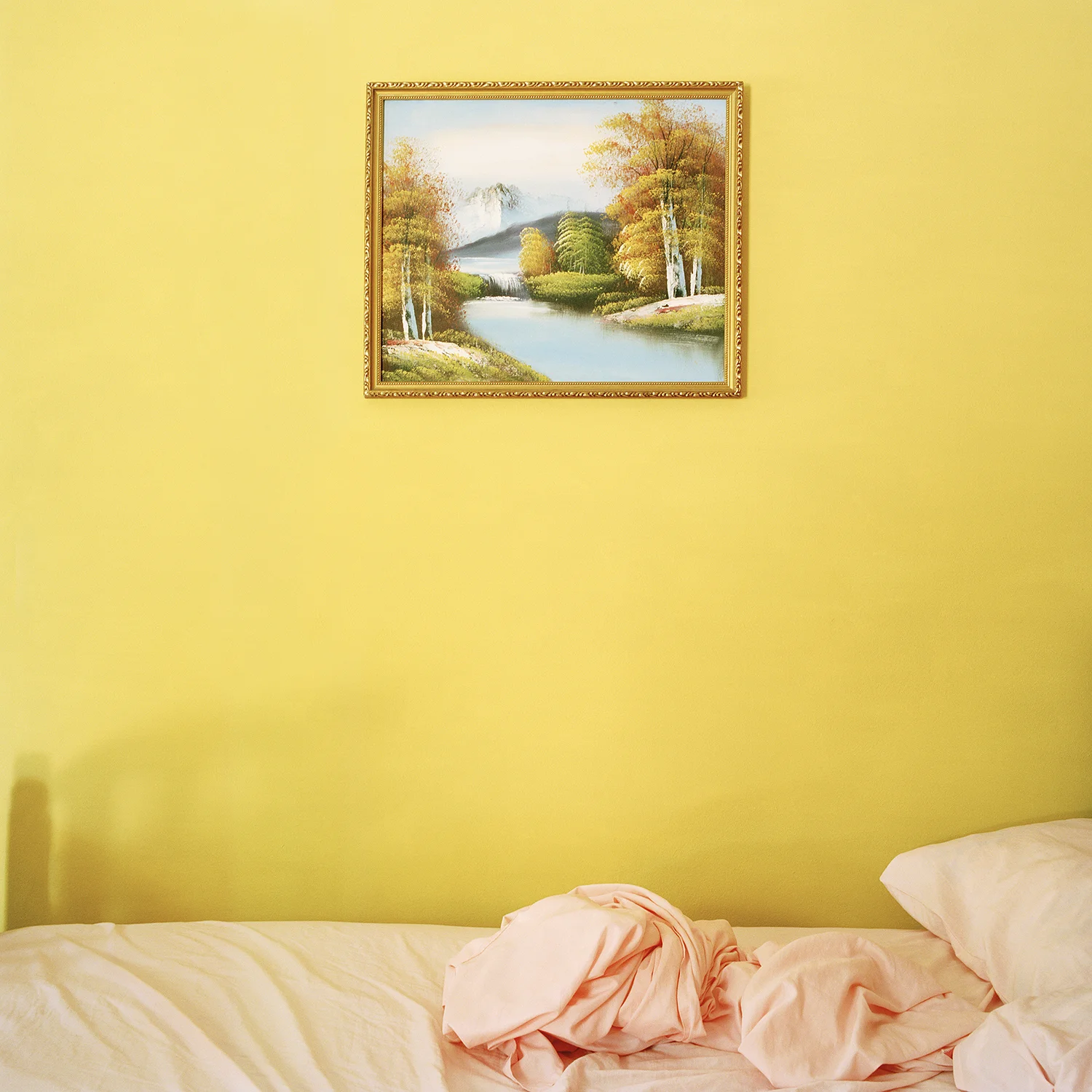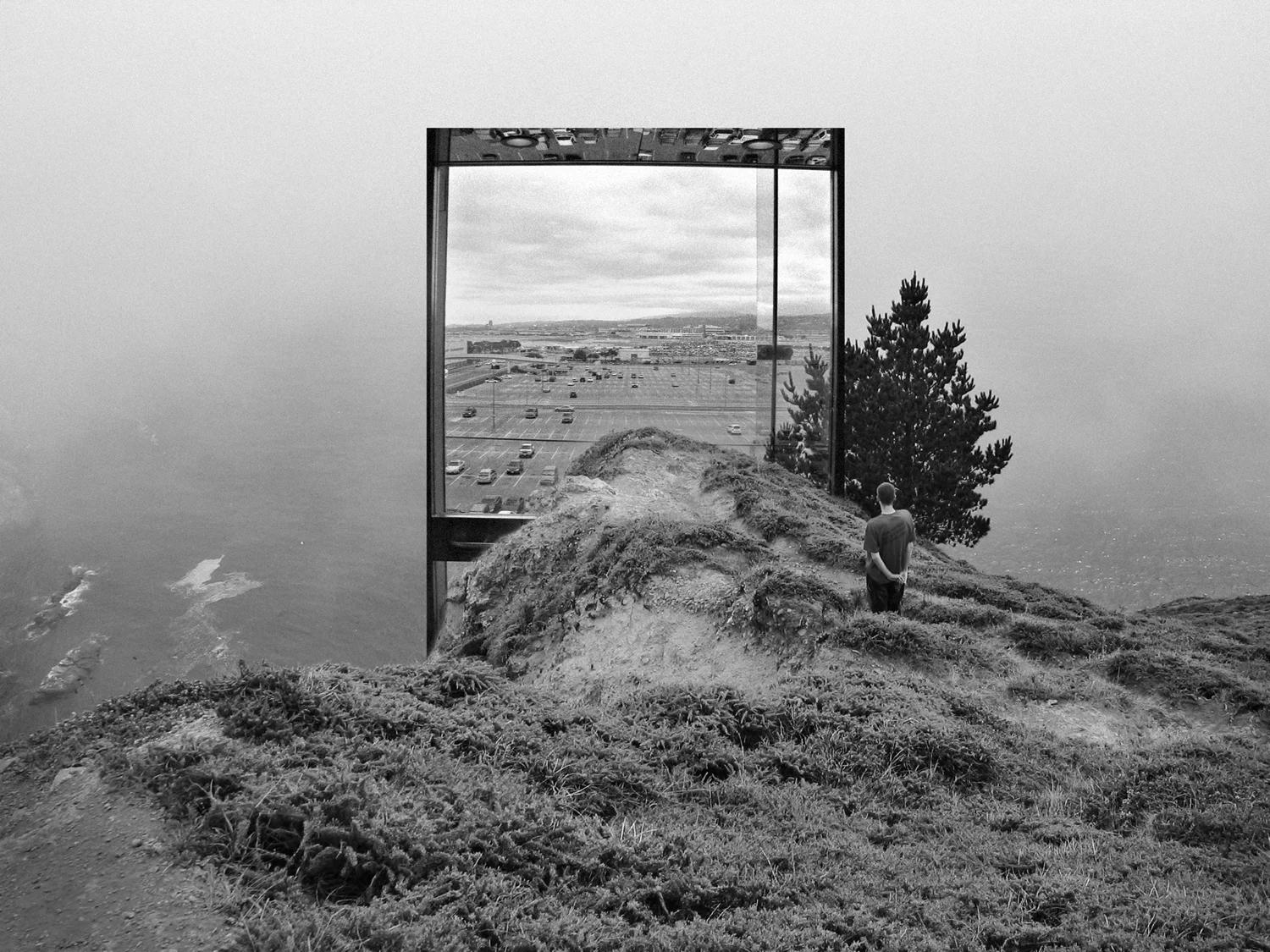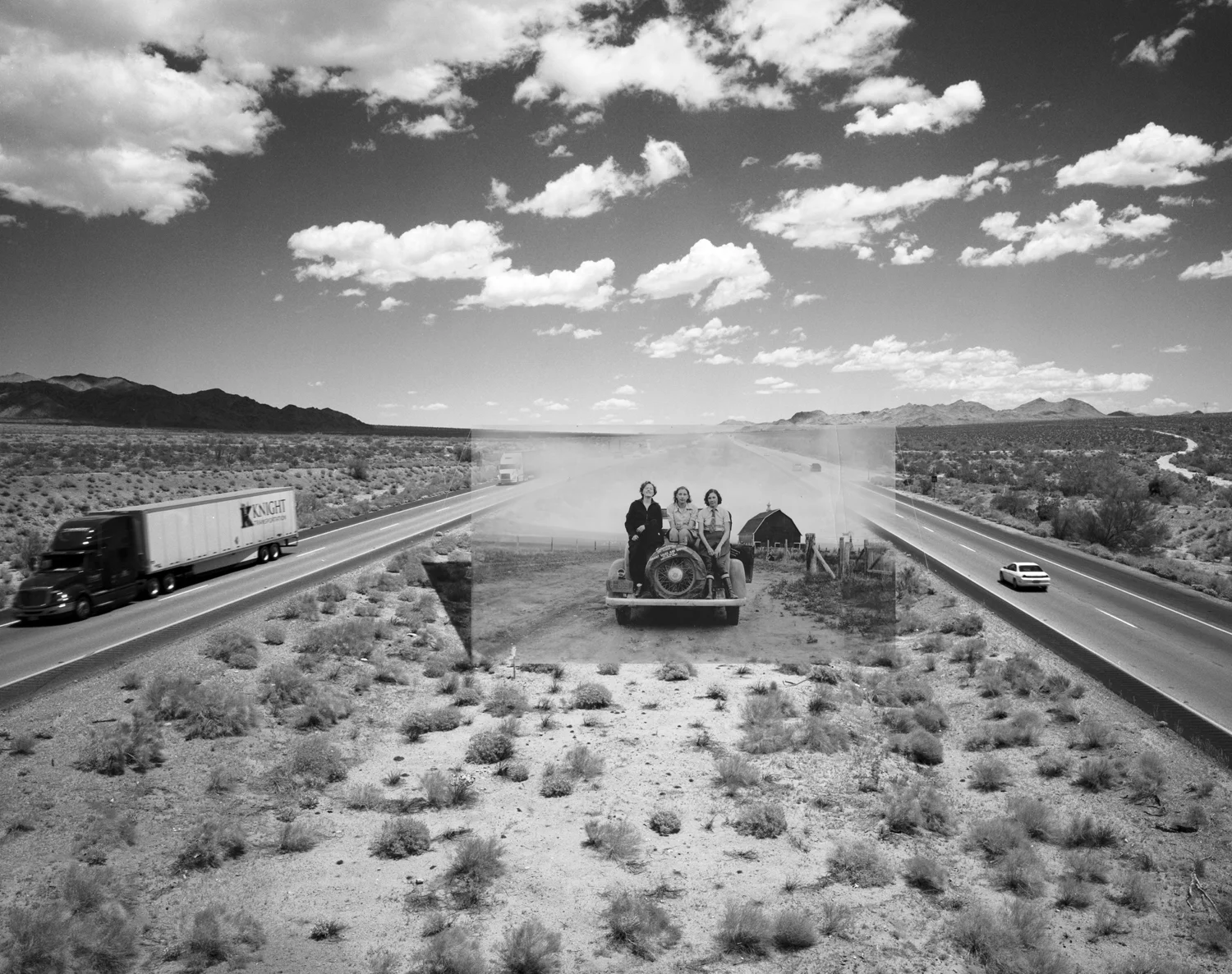Chicago’s Filter Photo Festival turned 10 this September. I was honored to be invited to review portfolios as well participate in a panel discussion about online galleries and magazines, More Than a Post, with Kyohei Abe of Detroit Center for Contemporary Photography and Roula Seikaly of Humble Arts Foundation which was moderated by Hamidah Glasglow of Center for Fine Art Photography and Strange Fire Collective. I spend a lot of time at my computer writing about photography and events like these are a wonderful way to make personal connections with the people who make up the photography community. The photographers who sat at my table presented completed and in-progress portfolios in a wide range of genres and processes. Most of the photographers I met with were eager to have discussions about how to develop their works in progress, and approaches to marketing completed bodies of work. Although 20 minutes isn’t a lot of time to fully delve into the complexities of art-making and the art market, I hope that I was able to provide helpful critique and advice. Here are a few of the portfolios that I had the pleasure to view and discuss.
Elise Kirk — Mid-
I am marked by my formative landscape in middle country — the vast seas of fallow land and back roads through tangled inner worlds, the architecture of agriculture grounding us in place, and the rivers and byways suggesting a state to be imagined beyond.
Mid— is a series of tableaus from a Midwest stage that recalls our dual archetypes of seeking and settling. I set out to trace the lands of my disparate familial limbs in Missouri, Kansas and Iowa, calling on ancestral farms and towns as a matter of structure and access but allowing for discoveries and spontaneous turns at points in between. I use a deliberate 4x5 view camera to evoke the languages of both documentary photography and regionalist art. Somewhere in this muddy space between examination and allegory my own map of center unfolds.
Editor’s Note: I reviewed new work-in-progress when I met with Elise and looked closely at Mid- after the review.
Big Wheel
Float
Kitchen
Swan Bunny
The Bather
Bill Finger — Every Time We Say Goodbye
Every Time We Say Goodbye explores the intertwining of memory and longing with perceptions of time. Through the creation and photographing of miniature dioramas, a quiet narrative is set up that drifts through the landscape. Perceptions of time passing become fluid. Past, present, and future seem to to shrink or stretch, dependent upon mode of travel. All the while, memories are but a combination of moments that a traveler packs. As each of these elements are carefully unfolded, time and distance intervene. Just beyond their grasp, the traveler looks back, and longs for that place which is home.
Ships
Island
Eastman
Desert House
Day Passing
Meg Griffiths — Casa Particular
I traveled to Cuba for the first time in 2011 to start a project that explores domestic life at the edge of capitalism. The families I stayed with as I traveled across Cuba host tourists in their private homes as a means of income.
After the collapse of the communist bloc in 1989, many families opened their doors to travelers in order to supplement their state-regulated source of earnings. Thus, the casa particular, literally, “private house,” was born. These photographs represent a modest cross-section of Cuban casas particulares throughout the country. They attend to a way of life where the previously private home becomes a business, and moreover, mark a transition from a purely communist country to a hybrid one at a key point in Cuban history—the waning of an outdated political and economic model as well as Castro’s rule over Cuba.
My intentions, as I have returned to Cuba over the past several years, has been to push past preconceived notions and the prescribed experience to gain a fuller and more intimate view of domestic and familial culture. These families have graciously provided a means of entrance into personal, yet public space. Like so many inquiries we must travel inward to come out again with fresh eyes. As Amelia Weinreb so succinctly put it “one must go—as anywhere, but particularly in Cuba—into private space” to re-emerge with new understanding. And I come to find the interior landscape of Cuba is transformed, both figuratively and literally—as am I.
Each image stands to reinforce the heat, love, and power this country has within it. This can be seen and felt in every manifestation, from the vibrating color and light this environment exudes, to the easy self-assured individuals I have come to know, to the food we make and break together. It is shared through the physical transition each home has made over the years, but also a deeply felt sense of movement which seems to permeate even the air. I consume, ingest and ruminate upon these images. They are a means of sharing my personal experience, but serve as a collective expression.
It is my hope that this work engages and disturbs previously held thoughts—adding something new to the on-going conversation of an evolving Cuba. I am convinced that we can unsettle the narratives of life after economic collapse, and the nostalgia of “Old” Cuba—whether under Batista, Castro or any other leader.
De las Montanas
Nana Isa
Noris Offering
Osmani
Unto Generations
Jackson Patterson — Recollected Memories
The annihilation of space and time through the advent of photography in the mid-19th century transformed American life. We are in the midst of a furthering of that annihilation. Through photomontage, I am exploring the narrative that emerges between subject, space and time. The work reflects various photographs that I have taken merged with others from my family’s albums. I find myself inspired by the stories that come into focus when we collocate the medium of photography with 21st century technological practices, and the cultural influence of the medium of photography, and the personal history of family. Each blended piece possesses its own original story, in addition to the collective insights about photography, representation, fabrication and visual language.
In creating this project while looking through the lens of my family’s histories and biases I have found that these stories extend beyond my own journey. They exist throughout our environment into our country’s cultural identity. They are stories of perseverance, pride, struggle, life and death. They are human stories intertwined in a majestic landscape.
Elevator Point
Passage
Road Trip
Rugby Quake
Rosie the Riveter







